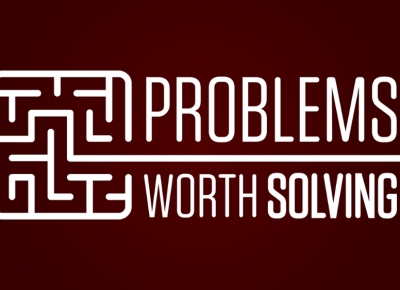Scalable Business Model
1: You have to be able to start small.
Unless you happen to be the long-lost daughter of Emperor Palpatine, the odds are that you do not have enough capital to build your first Death Star, nor will you be able to raise the funds to do so.
The ideal startup is one that can be bootstrapped from its own early revenues—or at least funded from the founder's personal savings account.
2: Your marginal costs must drop over time so that each additional dollar of revenue costs less than the previous dollar.
This is the core of what most people mean when they discuss business scalability. For example, Amazon's Kindle publishing business is scalable because, after the cost to Amazon of selling the first digital copy is taken into account, each additional copy is almost pure profit.
In contrast, if you wanted to expand your barbershop, the second shop would cost you almost exactly as much as the first one (for rent, equipment, and barber salaries). Since no business is infinitely scalable (that is, there is no business where all costs drop to absolute zero), an associated consideration is relative scalability, which means that a business needs to be scalable over a longer range than its competitors.
3: Your scalability needs to be built into your business model, rather than relying on any special exogenous factors.
Subway, for example, currently has 45,000 sandwich store locations around the world. And it is opening more than six new stores every single day, including weekends! It would not be able to do that if it had to find world-class cordon bleu chefs for each location. Similarly, if your business depends on recruiting a never-ending supply of xylophone virtuosos who are also good teachers, I'm afraid that it is simply not scalable.









